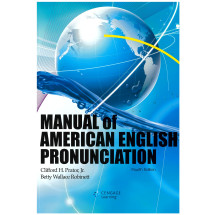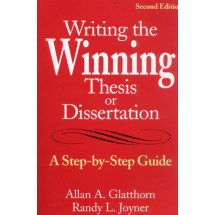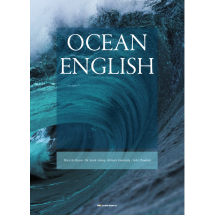I. GETTING STARTED
1. Your Strengths as a Writer
2. Having a Reader and a Reason: Understanding Audience and Purpose
3. The Bases of Good Writing: The Four Cs
II. THE WRITING PROCESS
4. Prewriting
5. Drafting: Writing a Rough Draft
6. Making Changes: Revision
7. Editing: Checking for Correctness
III. THE ELEMENTS OF GOOD WRITING
8. Essay Paragraphs and the Thesis Statement
9. Supporting Your Ideas 10. Organizing and Linking Ideas
11. Sensitive Language
12. Confusing Words
13. Choosing the Best Word
14. Improving Your Spelling
15. Varying Your Sentences
16. Format
IV. STRATEGIES FOR ESSAY DEVELOPMENT
17. Providing Illustrations and Examples
18. Narrating an Event or Story
19. Describing a Scene, Person, or Object
20. Classifying and Dividing 21. Explaining a Process
22. Comparison and Contrast
23. Cause and Effect Development
24. Definition
25. Arguing a Position
26. Using More than One Organizational Strategy
V. WRITING FOR DIFFERENT PURPOSES
27. Writing an In-Class Essay
28. Writing Summaries and Reports
29. Writing to Get a Job
VI. RESEARCH
30. Searching for, Evaluating, and Integrating Information
31. Writing a Research Essay
VII. WRITING CORRECT SENTENCES
Grammar diagnostic
32. Prepositional Phrases
33. Subjects and Verbs
34. Clauses
35. Run-On Sentences
36. Fragments
37. Regular Verbs
38. Irregular Verbs
39. Subject-Verb Agreement
40. Verb Tense and Tense Consistency
41. Pronoun Types
42. Pronoun Agreement
43. Adjectives and Adverbs
44. Misplaced Modifiers
45. Dangling Modifiers
Punctuation Diagnostic
46. Commas
47. Apostrophes
48. Quotation Marks
49. Other Punctuation Marks
50. Capitalization
51. Abbreviations and Numbers
52. ESL Tips
VIII. READINGS
Readings for Informed Writing
Our Identities
READING 1 Liked for Myself, Maya Angelou
READING 2 Taving the Home from Martha Stewart, Elizabeth Austin
READING 3 The Misery of Silence, Maxine Hong Kingston
READING 4 Respectable addiction, Michael Kinsman
READING 5 Labor, Richard Rodriguez
READING 6 밐earing the Sweetest Songs, Nicolette Toussaint
Our World
READING 7 To Tiny, So Sweet . . . So Mean, Richard Conniff
READING 8 Creatures That Haunt the Americas, Constance Garca-Barrio
READING 9 Four Kinds of Reading, Donald Hall
READING 10 Caught in the Catty Corner, Nanci Hellmich
READING 11 Poor Winnie the Pooh. Not even he is safe from rampant Therapism, Ben MacIntyre
READING 12 Two Gentlemen of the Pines, John McPhee
Our Values
READING 13 Whose Life is it, Anyway? Mary Battiata
READING 14 Reason to Forgive, Pat Burson
READING 15 Petty Crime, Outrageous Punishment: Why the Three-Strikes Law Doesn't Work, Carl M. Cannon
Elizabeth "Betsy" Cloninger Long has been involved in different aspects of education nearly her whole life. From coaching high school track and cross country to working as the Director of Education for Sacramento's Saint HOPE Academy -- an organization dedicated to helping at-risk African-American students -- Betsy has sought to motivate and teach students of all abilities, interests, and backgrounds.
Teaching first as an adjunct faculty member at Sacramento City College in 1989 and then as a full-time instructor beginning in 1996, Betsy has been highly involved in high school articulation projects, seeking to make high school students' transition to college smoother. She has also served as a presenter at statewide high school education seminars, offering pedagogical and personal insight into how writing can be more relevant to successful and struggling students.
Betsy's other pet project is civility, and she has presented civility-oriented workshops ("Just Say Please") at Sacramento City College. Her first textbook -- A Civil Word -- seeks to make civility an integrated part of the composition classroom.
Betsy lives in Sacramento with her husband and three daughters.















